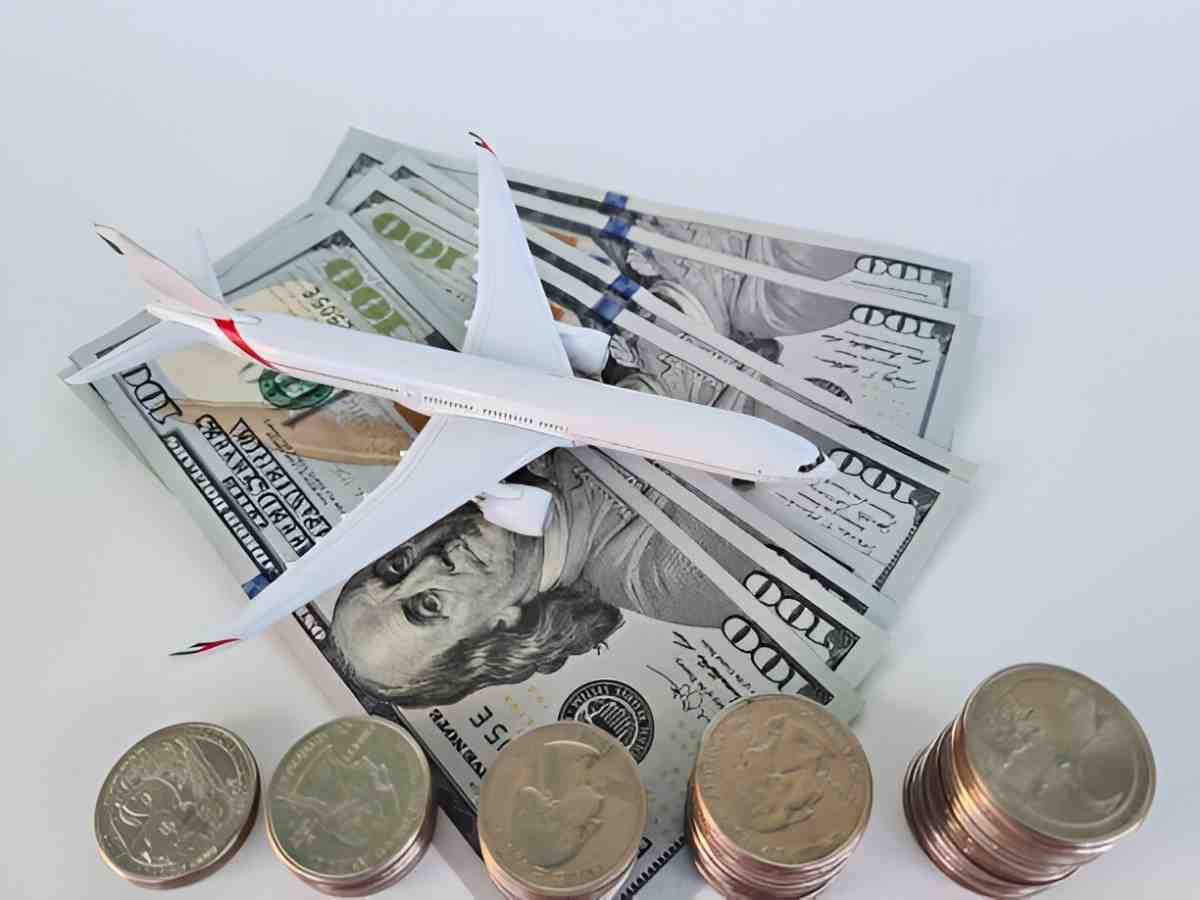As someone who has spent years analyzing financial structures in aviation, I often encounter confusion around landing charges. Many assume these fees are straightforward, but they involve intricate calculations, regulatory nuances, and economic dependencies. In this guide, I break down landing charges, explain their components, and illustrate how they impact airlines, airports, and passengers.
Table of Contents
What Are Landing Charges?
Landing charges are fees airports impose on aircraft for using their runways and associated infrastructure. These fees vary based on aircraft weight, airport location, time of landing, and other factors. They form a critical revenue stream for airports, helping fund maintenance, operations, and expansions.
The Basic Formula
Most airports calculate landing charges using a weight-based formula:
Landing\ Charge = Rate\ per\ Metric\ Tonne \times Maximum\ Takeoff\ Weight\ (MTOW)For example, if an airport charges $5 per metric tonne and a Boeing 737-800 has an MTOW of 79 tonnes, the landing fee would be:
5 \times 79 = \$395However, this is a simplified version. Many airports apply additional adjustments.
Factors Influencing Landing Charges
1. Aircraft Weight
Heavier aircraft cause more runway wear, so fees scale with MTOW. Some airports use a bracketed system:
| MTOW Range (Tonnes) | Rate per Tonne ($) |
|---|---|
| 0 – 50 | 4.00 |
| 50 – 100 | 5.50 |
| 100+ | 7.00 |
A 120-tonne aircraft would pay:
(50 \times 4) + (50 \times 5.50) + (20 \times 7) = 200 + 275 + 140 = \$6152. Noise and Emissions
Many airports incentivize quieter, cleaner aircraft by offering discounts. For instance, a 20% reduction might apply to planes meeting Stage 5 noise standards.
3. Time of Landing
Peak hours (e.g., 6 AM – 9 PM) often incur higher fees. A 10% surcharge during peak times could turn a $500 fee into $550.
4. Airport Category
Major hubs (e.g., JFK, LAX) charge more than regional airports. Below is a comparison:
| Airport | Rate per Tonne ($) |
|---|---|
| JFK (New York) | 8.50 |
| ORD (Chicago) | 7.20 |
| BOI (Boise) | 3.80 |
5. Passenger vs. Cargo Operations
Some airports differentiate between passenger and cargo flights. FedEx or UPS might pay different rates than Delta for the same aircraft type.
How Airlines Manage Landing Costs
Airlines factor landing charges into operational budgets. For a flight from Atlanta to Miami, the cost breakdown might look like this:
- Aircraft: Airbus A321 (MTOW 93.5 tonnes)
- Landing Fee at MIA: $6.20/tonne
- Total Landing Fee: 93.5 \times 6.20 = \$579.70
Airlines may negotiate bulk discounts or long-term contracts with airports to reduce costs.
Economic and Regulatory Influences
The FAA and local aviation authorities regulate some fee structures, but airports retain pricing flexibility. Privately owned airports (like some general aviation fields) set their own rates. Publicly funded airports must justify increases through traffic studies and cost analyses.
Case Study: Denver International Airport (DEN)
DEN uses a hybrid model:
- Base rate: $4.50/tonne
- Noise discount: Up to 25% for compliant aircraft
- Peak surcharge: 15% for arrivals between 7 AM – 9 PM
A 787 Dreamliner (MTOW 254 tonnes) landing at 8 AM with noise compliance would pay:
254 \times 4.50 = 1,143
1,143 - (25\% \times 1,143) = 857.25
The Passenger’s Perspective
While airlines bear landing fees directly, these costs trickle down to ticket prices. A $500 landing fee spread over 150 passengers adds ~$3.33 per ticket. However, in competitive markets, airlines absorb some costs to maintain pricing power.
Future Trends
- Dynamic Pricing: Airports may adopt surge pricing based on real-time demand.
- Sustainability Incentives: Higher fees for older, noisier aircraft.
- Remote Airport Hubs: Lower fees at secondary airports could shift traffic patterns.
Final Thoughts
Landing charges are more than a flat fee—they reflect infrastructure costs, environmental policies, and market dynamics. Understanding them helps in analyzing airline profitability, airport funding, and even ticket pricing. Next time you book a flight, remember: a fraction of your fare goes toward the aircraft touching down safely.





